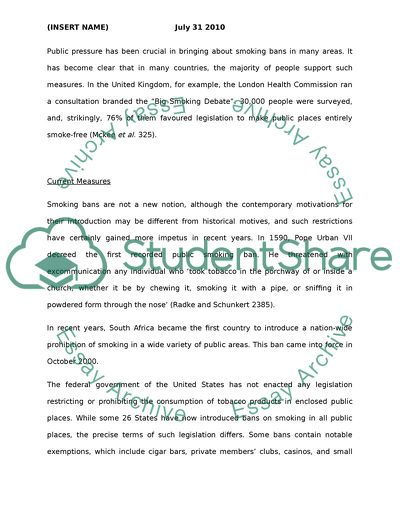Cite this document
(“The Effects of Smoking Bans on the Hospitality Industry Research Paper”, n.d.)
The Effects of Smoking Bans on the Hospitality Industry Research Paper. Retrieved from https://studentshare.org/law/1740151-effects-of-smoking-ban
The Effects of Smoking Bans on the Hospitality Industry Research Paper. Retrieved from https://studentshare.org/law/1740151-effects-of-smoking-ban
(The Effects of Smoking Bans on the Hospitality Industry Research Paper)
The Effects of Smoking Bans on the Hospitality Industry Research Paper. https://studentshare.org/law/1740151-effects-of-smoking-ban.
The Effects of Smoking Bans on the Hospitality Industry Research Paper. https://studentshare.org/law/1740151-effects-of-smoking-ban.
“The Effects of Smoking Bans on the Hospitality Industry Research Paper”, n.d. https://studentshare.org/law/1740151-effects-of-smoking-ban.


